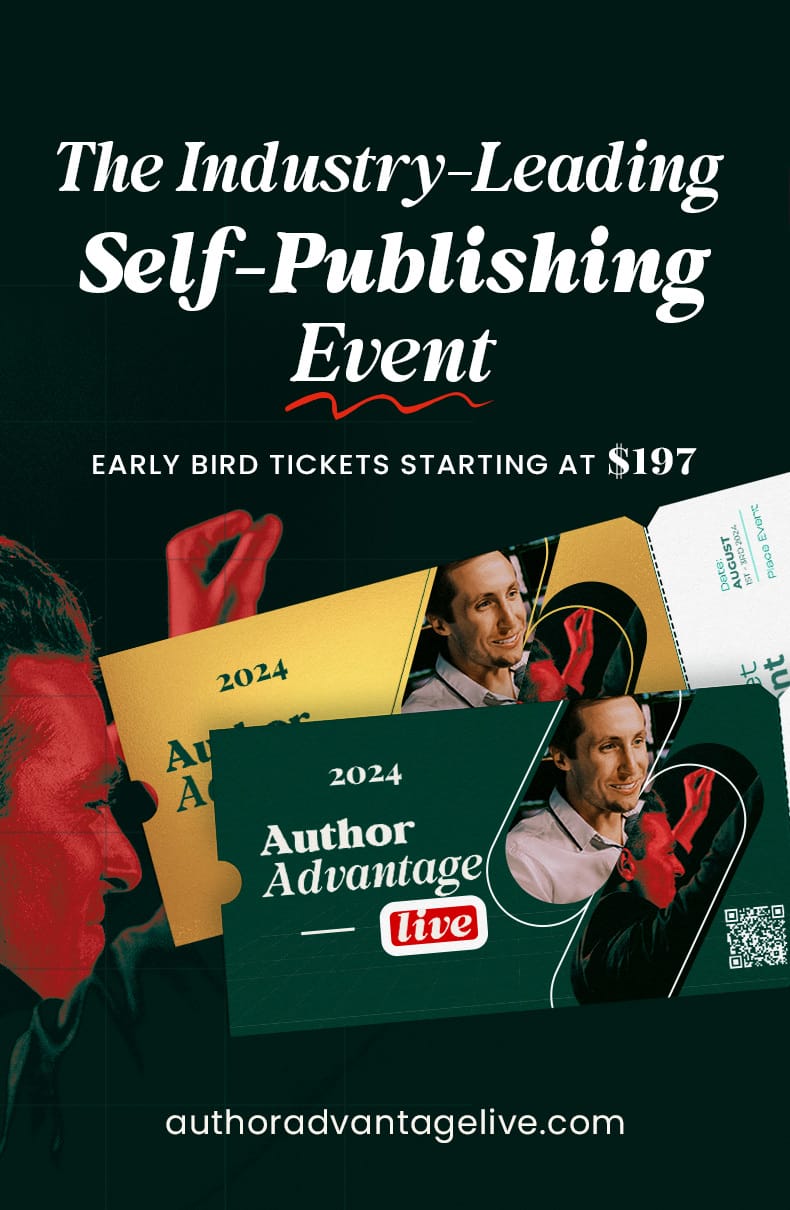Many authors who are publishing print books these days are also including an eBook in their plans.
This makes a lot of sense. As more and more people become users of E-readers, the market for eBooks will continue to grow. And for some kinds of books, the demand for eBooks will grow explosively.
eBooks right now are a great way to get your work out into the world, especially for certain kinds of authors. See if you fit in one of these categories:
- Fiction author—The biggest impact of eBooks has been in the fiction market, and specifically for genre fiction authors. If you write thrillers, romances, paranormal tales, or any other kind of genre fiction, you should consider an eBook edition essential to your publishing plans.
- Memoir writer—Because most memoirs are structurally similar to fiction, the same applies to these books and authors. Converting your memoir to an eBook will be relatively easy and will open a whole new world of potential readers.
- Literary nonfiction—Writers of criticism, humor, or any other type of nonfiction that—like memoir—is largely narrative text, can also make use of eBooks to expand their reach.
To be clear, these types of books are both popular on eBook platforms and also are easy to convert to eBooks. What makes them easy to convert is their lack of formats. In other words, you might have chapter numbers, chapter titles, running text, and not much else.
As soon as you introduce the types of formats found in many kinds of nonfiction—like subheads, bulleted and numbered lists, extracts, quotes, tables, charts, graphics, figures, captions, and so on—your book will get increasingly difficult to convert successfully to eBook formats.
So how can you organize your book while you’re preparing your print edition so it moves smoothly to an eBook when it comes time to convert it?
Here are some basic tips and guidelines to get you started.
Tips for Going from Print to E
- Use styles to control paragraph indents; don’t use a few spaces or a to indent the first line of your paragraphs. This can be set in the style definition in Microsoft Word under “first line indent.”
- Use styles to control space between paragraphs instead of just hitting [Return]. You can stipulate this spacing in the paragraph formatting dialog in Word under “Spacing after.”
- Create a bookmark for your Table of Contents so readers will be able to navigate to it from anywhere in your book. Name this bookmark “toc” (without the quote marks).
- Don’t “paste” in photos or graphics; use “Insert” instead. This will ensure your photos and graphics get into your eBook with the best resolution. In Word, use the “Insert” menu.
- Insert a page break between chapters. You can do this easily by using the “Insert/Break/Page Break” command in Word.
- Use heading styles, not local formatting, for emphasis. Word comes with heading styles, named Heading 1, Heading 2, and so on. Modify them to your liking, then make sure every similar heading is assigned the same style so your book is consistent throughout.
- Use Heading Style 1 for your chapter titles. This will allow you to create a hot-linked Contents page for your Kindle eBook.
- Remember that you’ll need to remove any running heads or page numbers you’ve inserted for the print edition before you convert your file to an eBook.
- Always work on a backup copy of your print book file. You want to end up with 2 copies of your book: one for print books, whether print on demand or offset, and the other to be converted to eBook formats using tools like Scrivener, Calibre, or services provided by ebook distributors or retailers like like Kindle Direct Publishing.
Using these tips will help you create a print book that can easily convert to a Kindle eBook. In the busy life of an indie author, that’s a good thing.
You can find a lot more information on creating, formatting, and revising eBooks for our largest retail market directly from Amazon. Check out their helpful and free resources on the “Building Your Book for Kindle” page. It’s a great place to start.
More eBook Formatting Resources
To dive into this subject in more depth, take a look at these additional resources on ebook formatting.
Top 10 Best Resource Guides for e-Book Authors
10 Things You Should Know About e-Book Formatting
Digital Book World E-book Production Resources
Book Design Templates Can Help
Of course, another kind of help is with a Word template specifically designed for books. When we designed these templates we realized we would need two versions of each book design: one for print, the other for ebooks.
Using this approach, all the nit-picky little parts are taken care of for you, and all the styles and pages you need are already formatted. You just pour in your text and use the styles to create a great-looking book.
Have a look at the templates here: Book Design Templates and check out the Formatting Guide and Book Construction Blueprint while you’re there. They are terrific free resources you can get while you’re visiting the site.
Photo: bigstockphoto.com. Originally published in a slightly different form under the title “Easing the Move From Print Books to eBooks” at CreateSpace.


